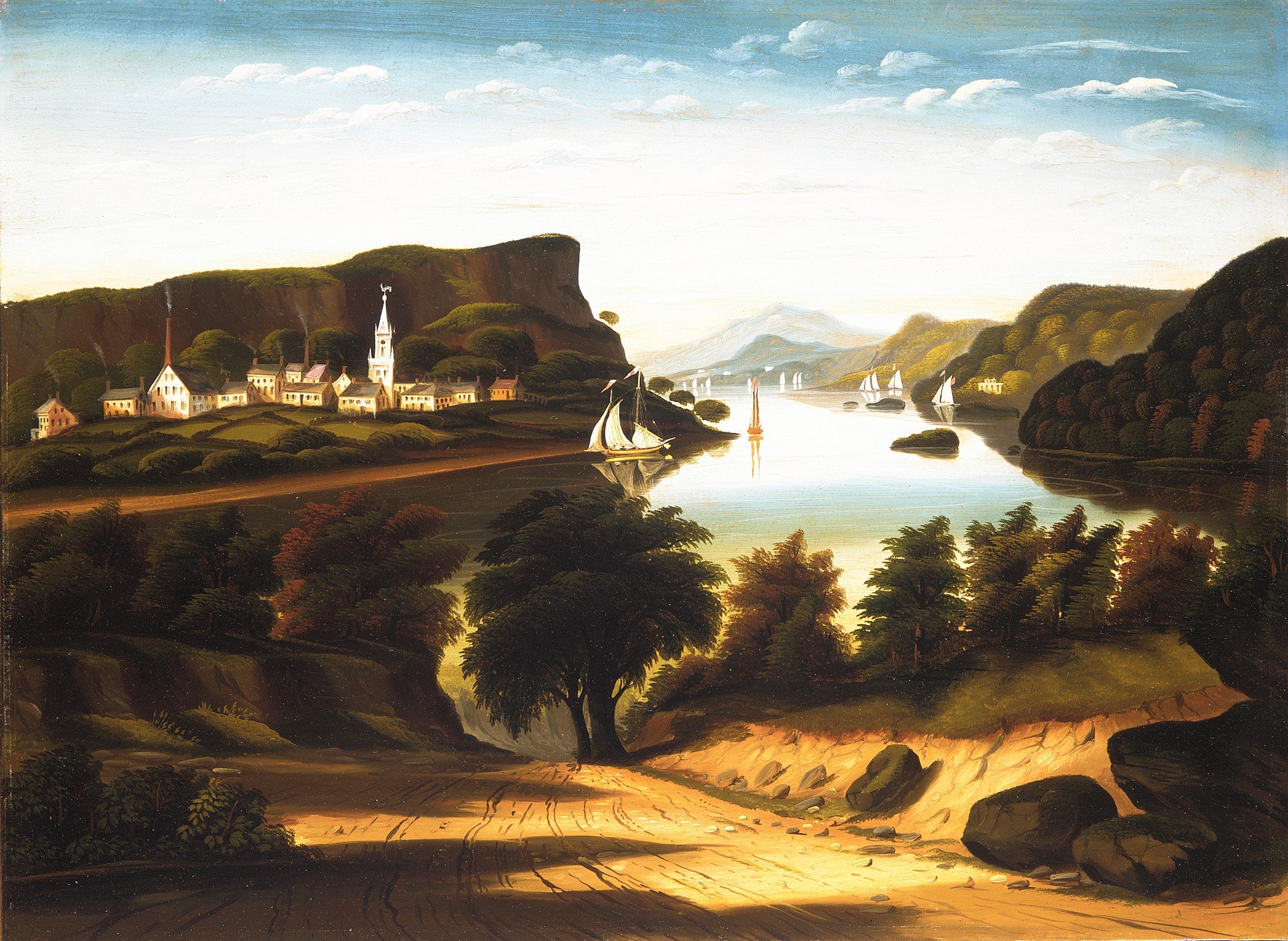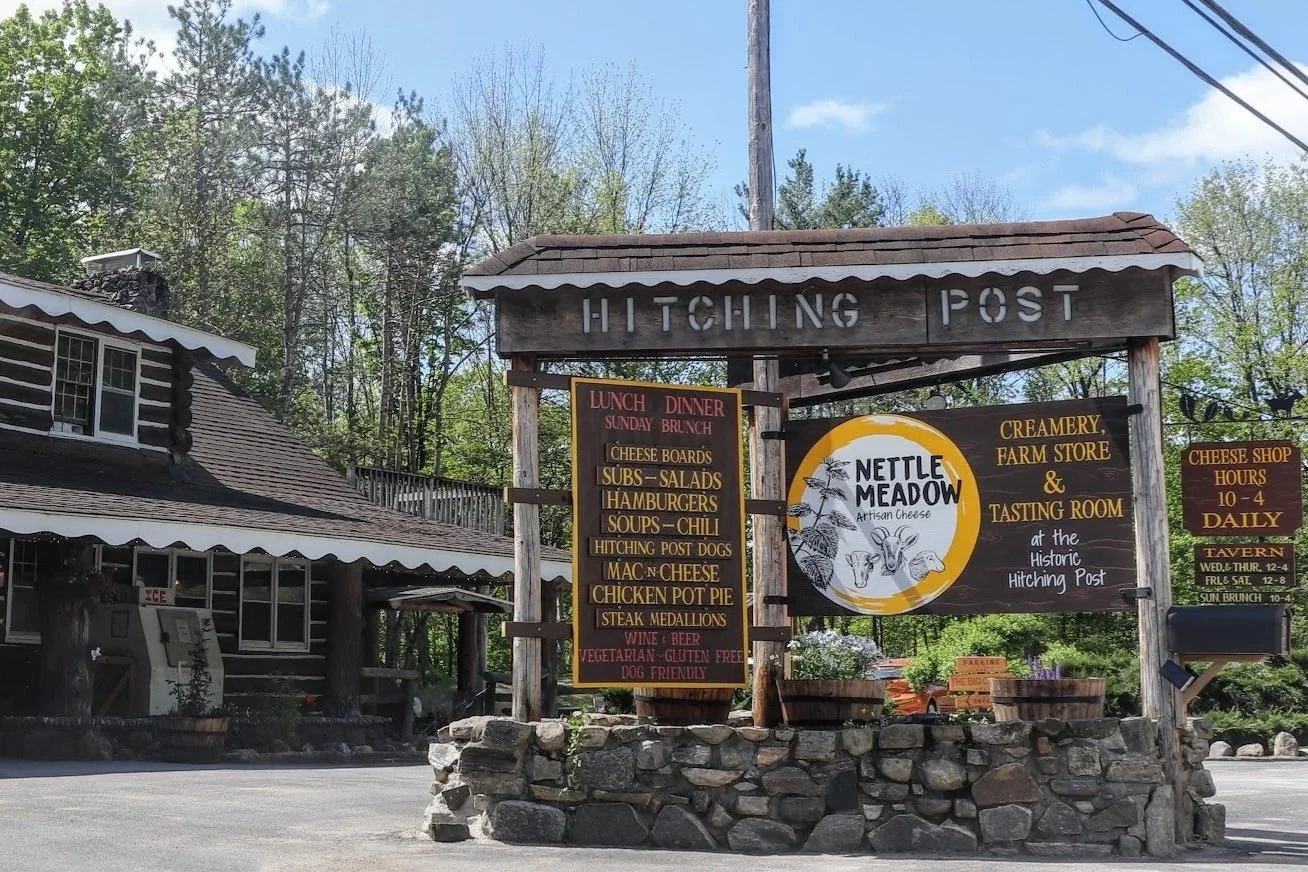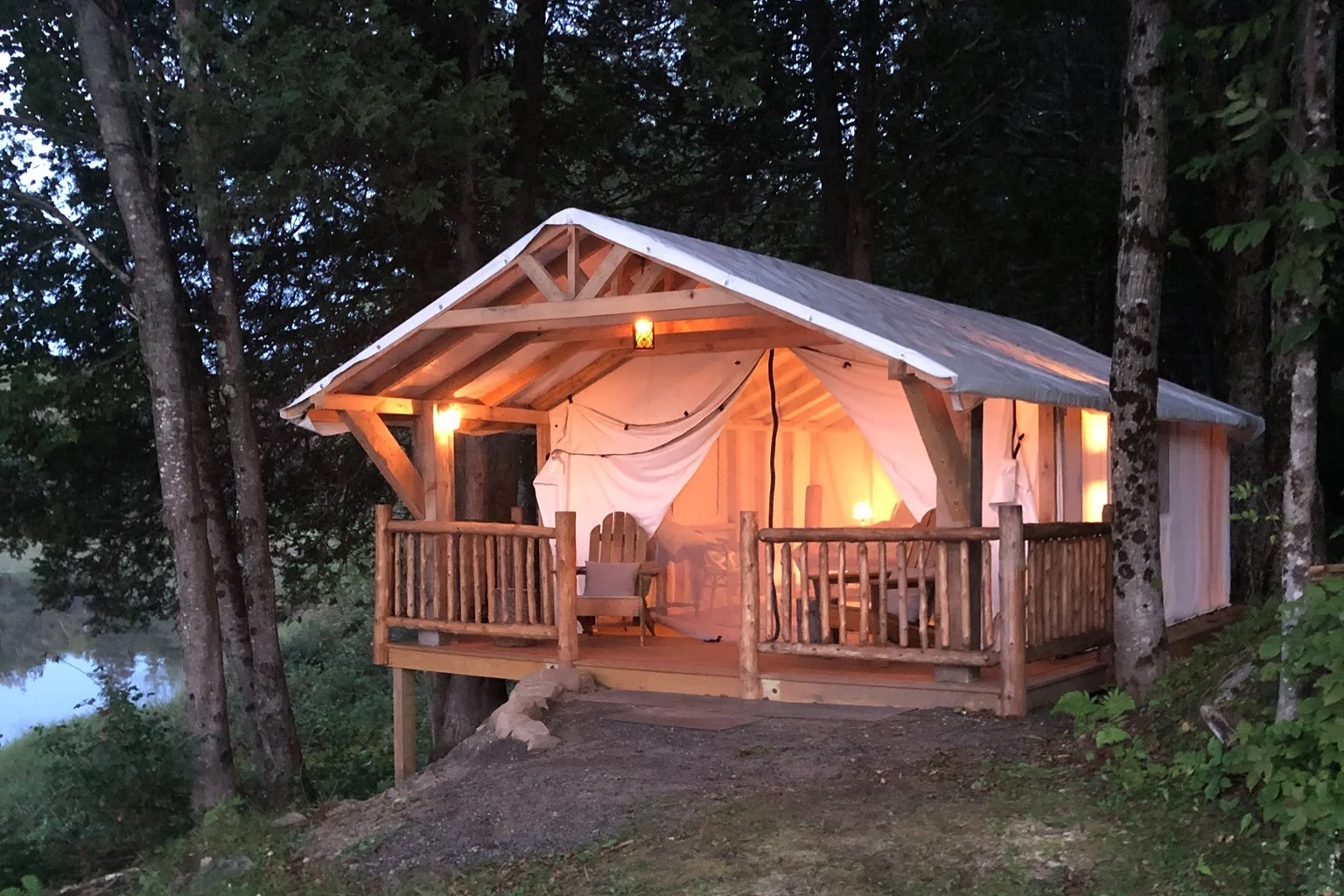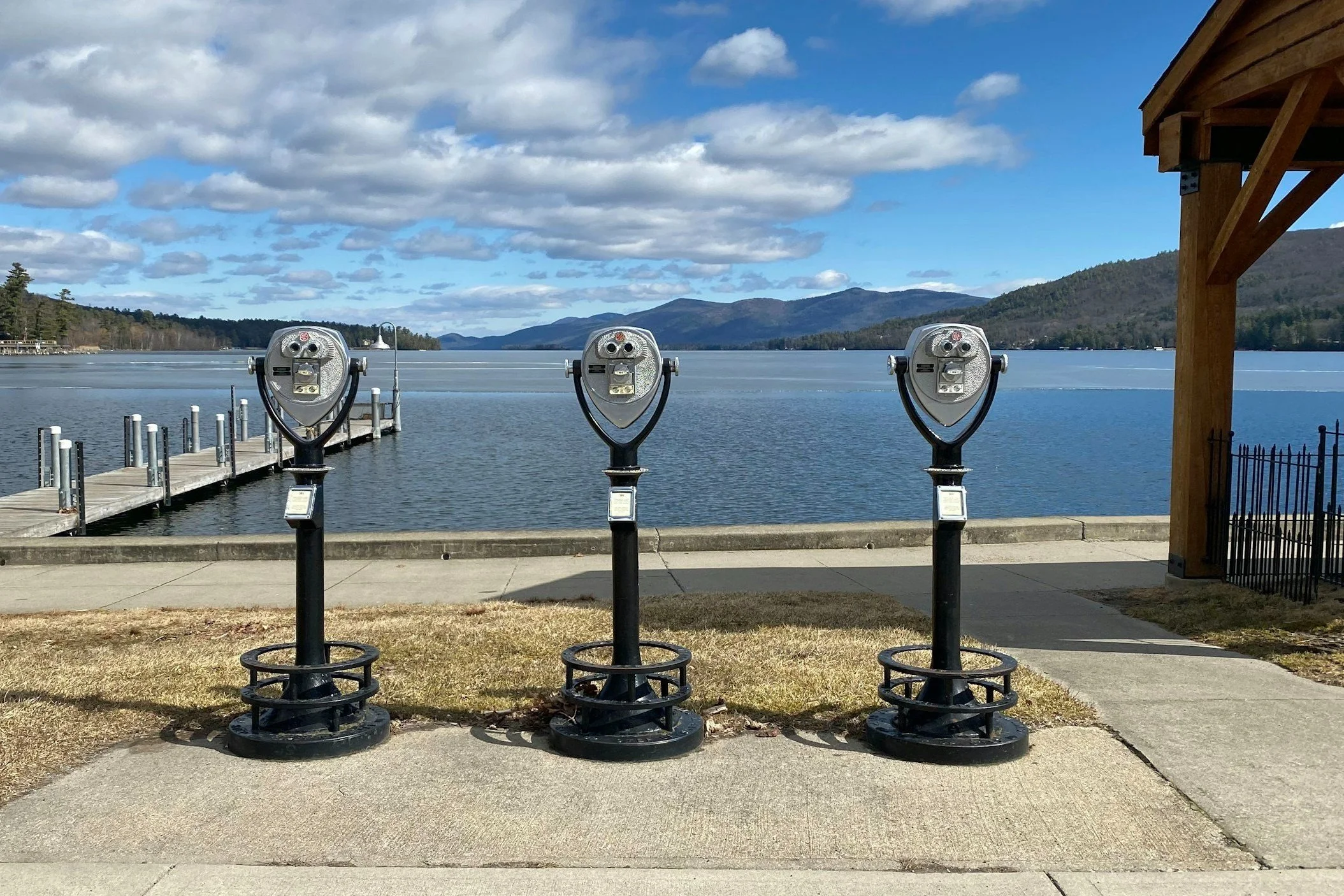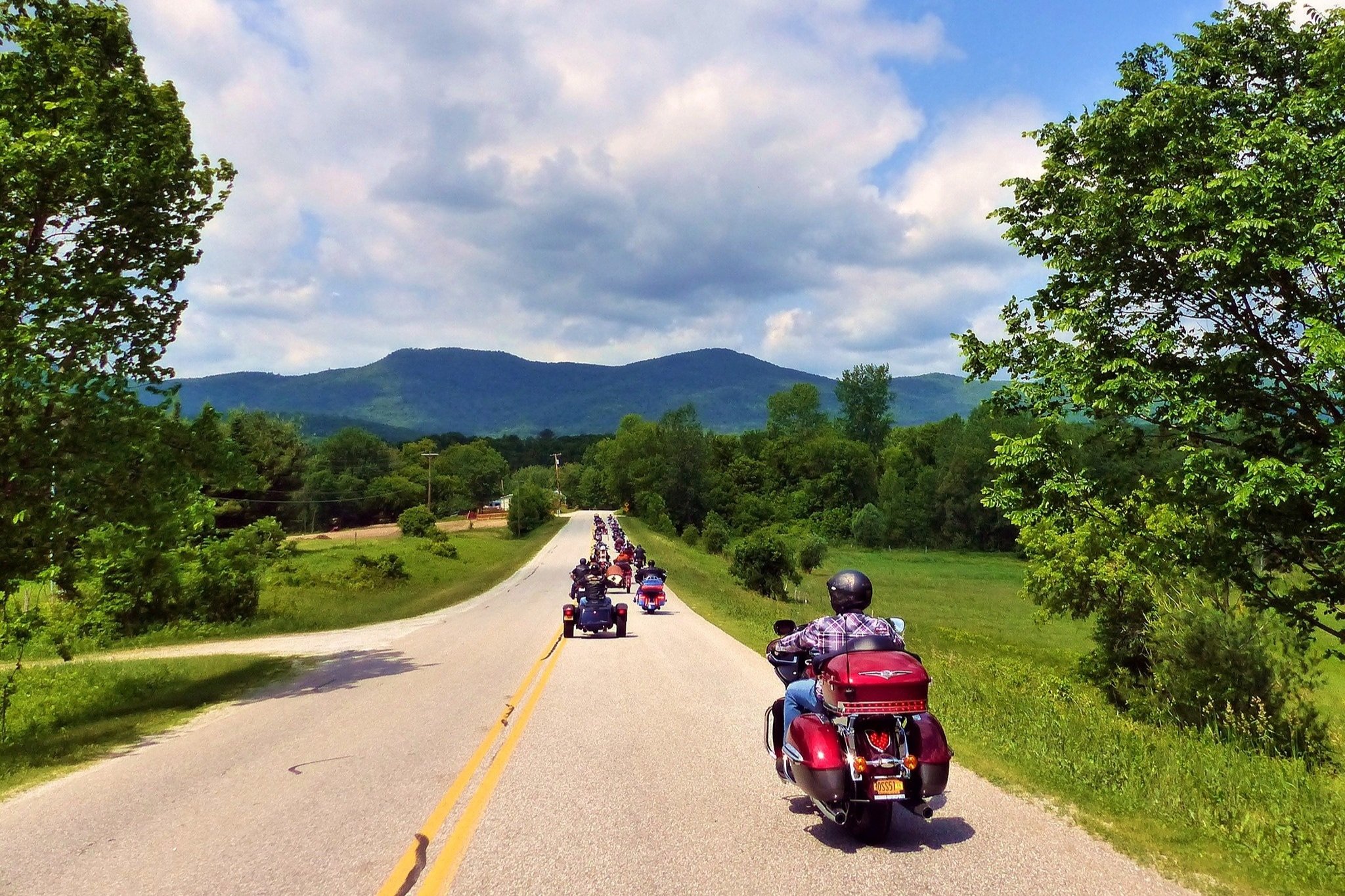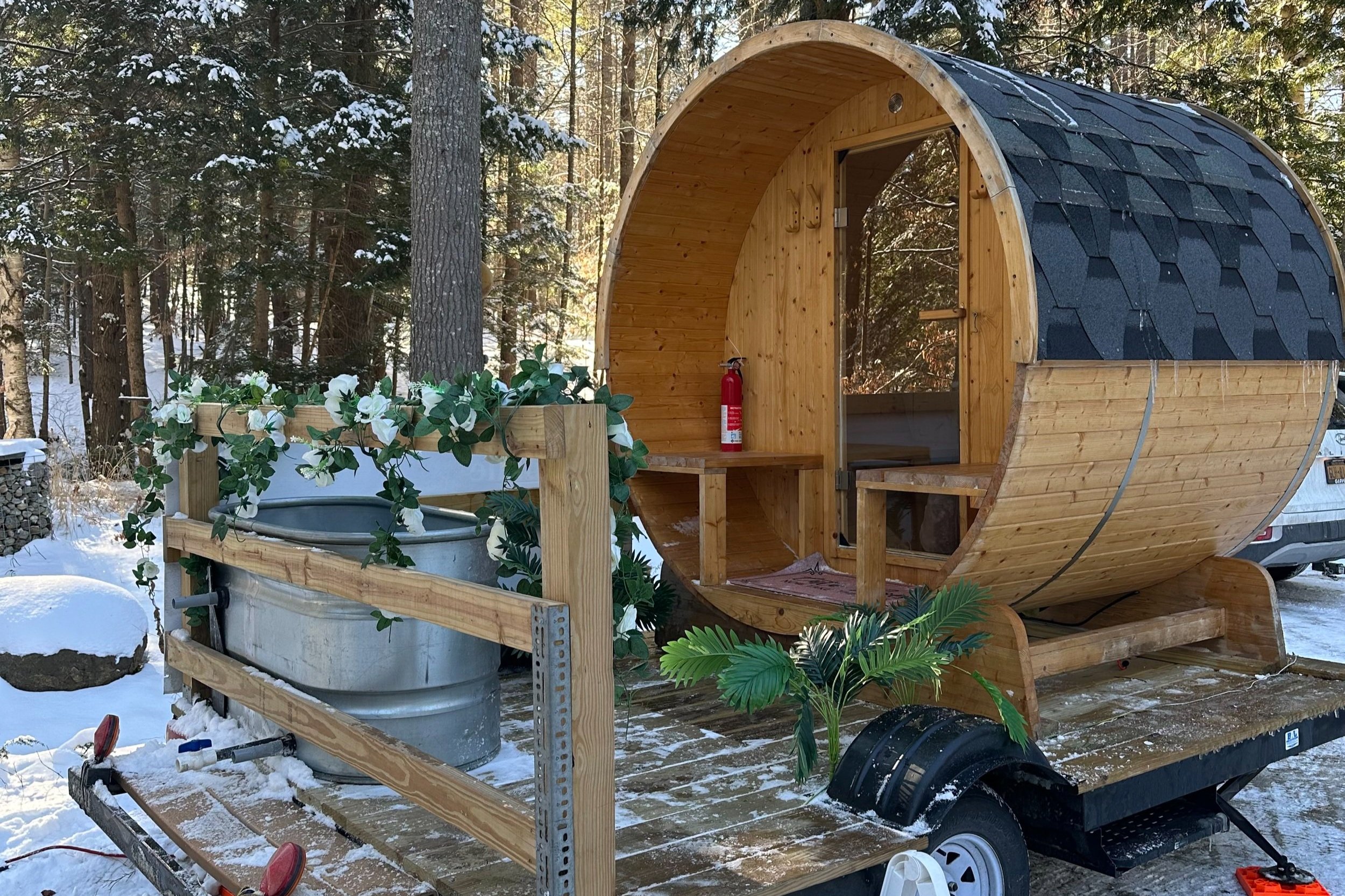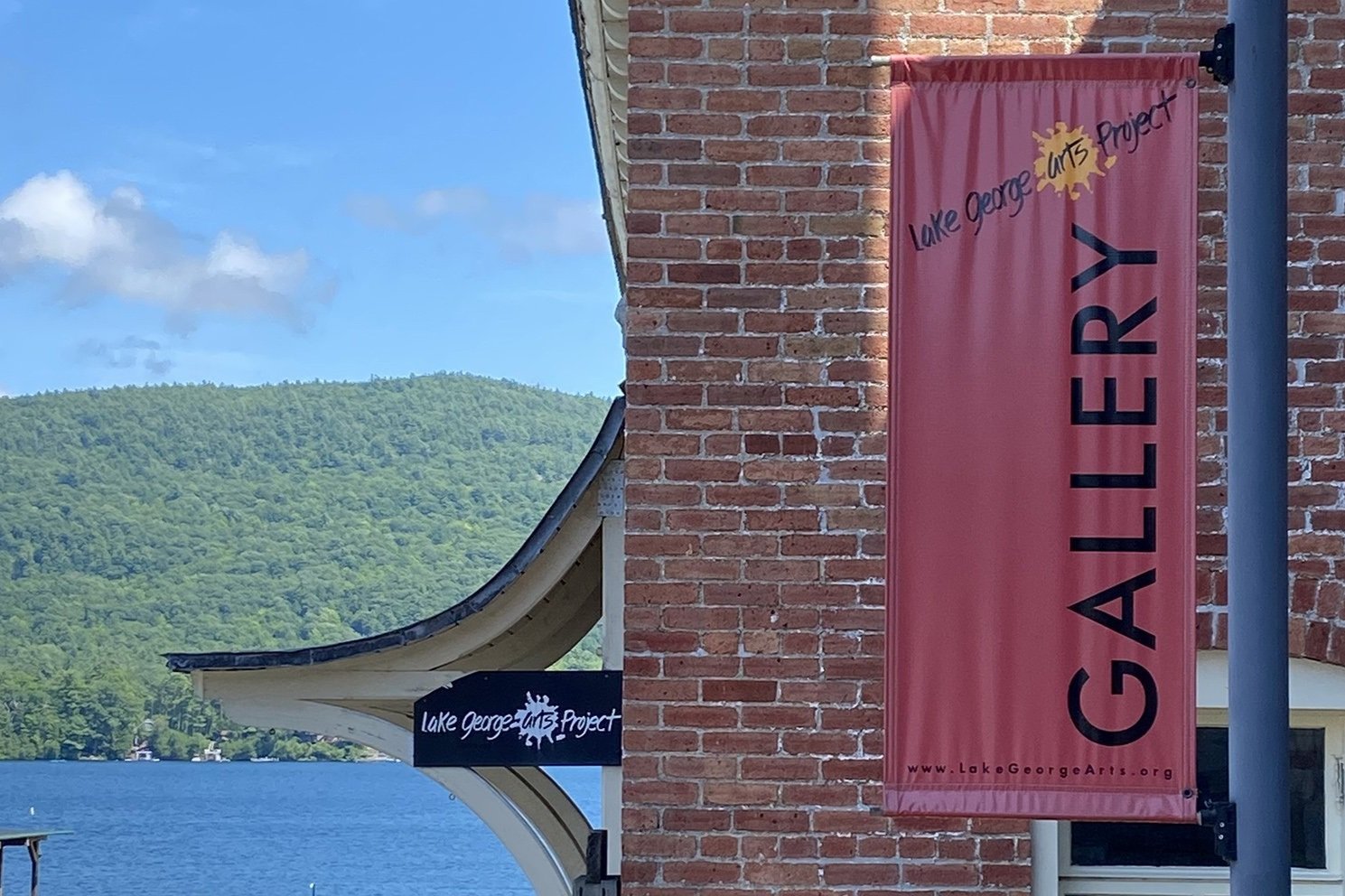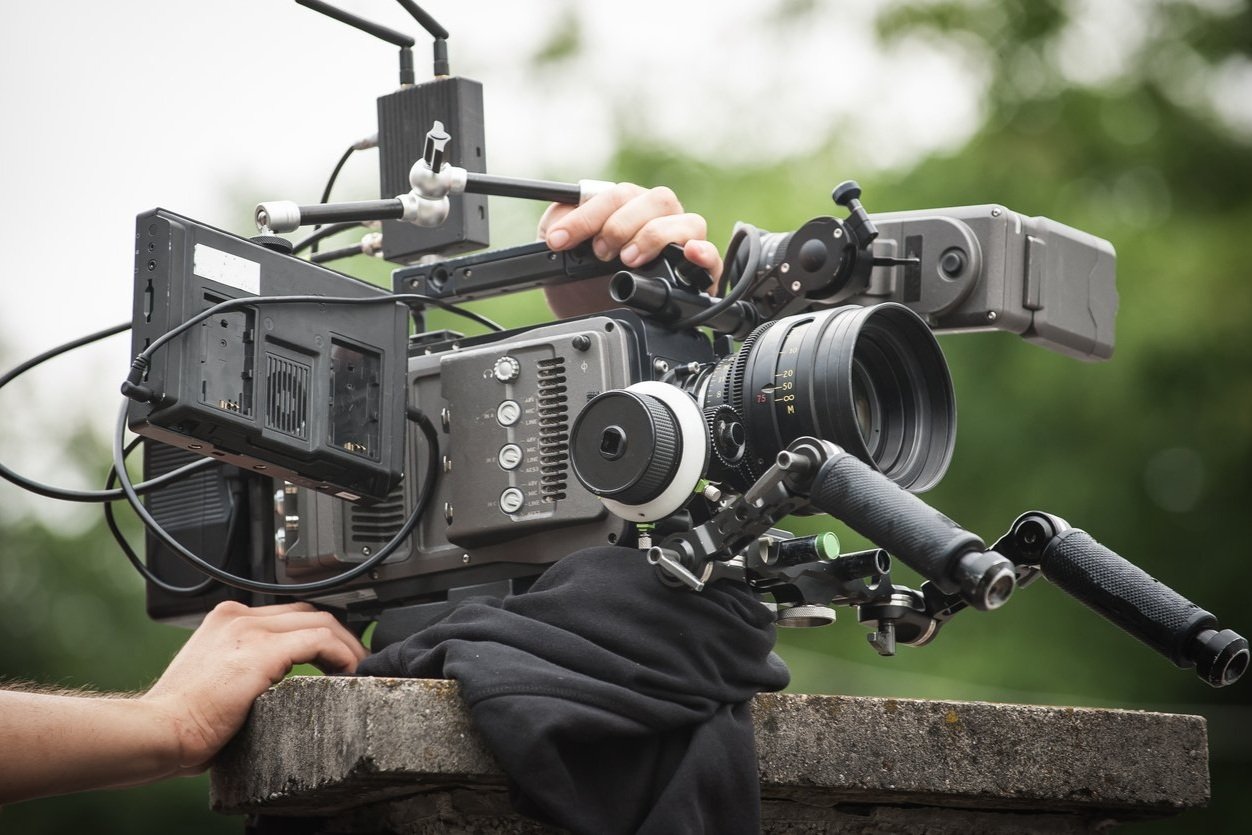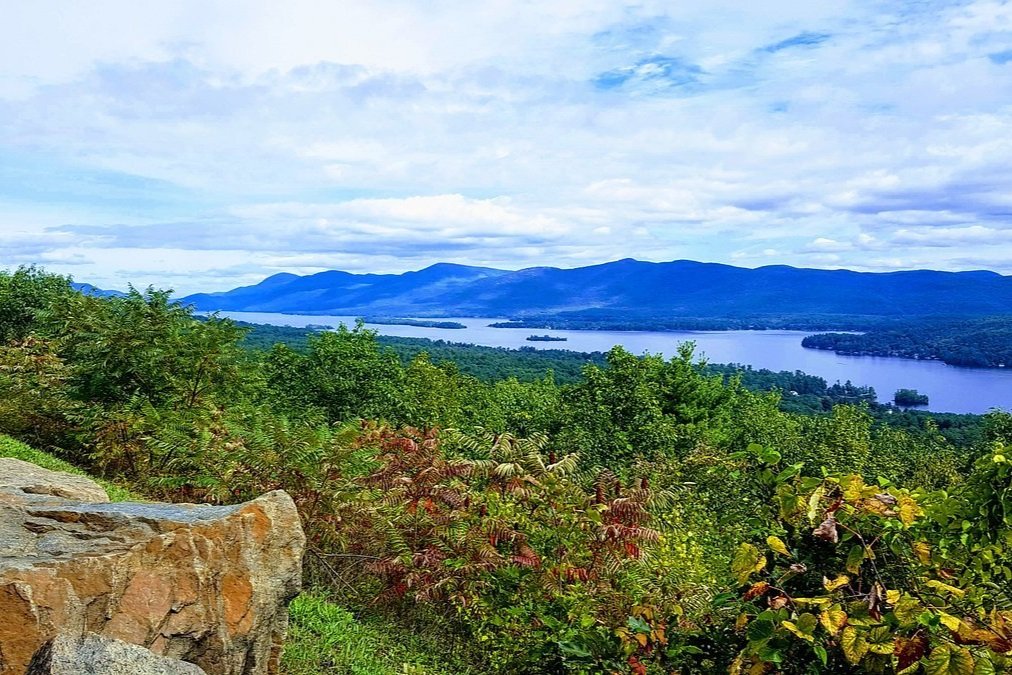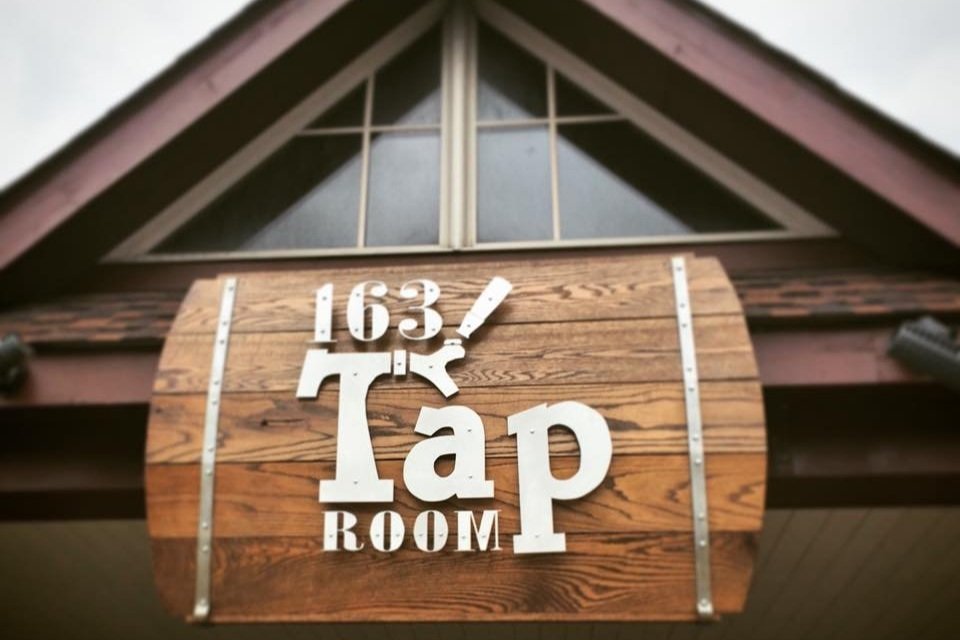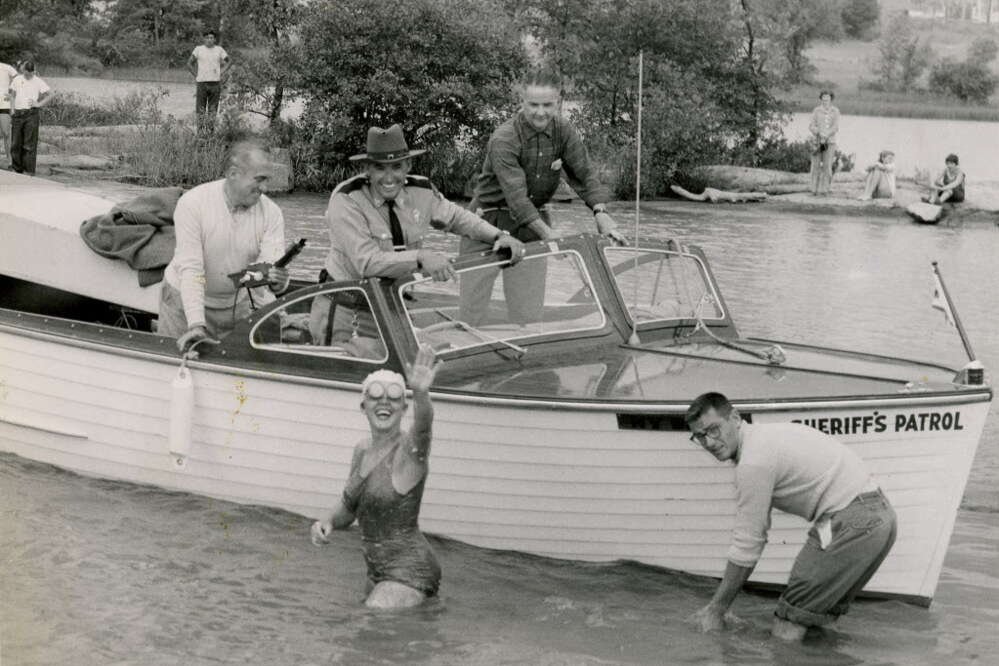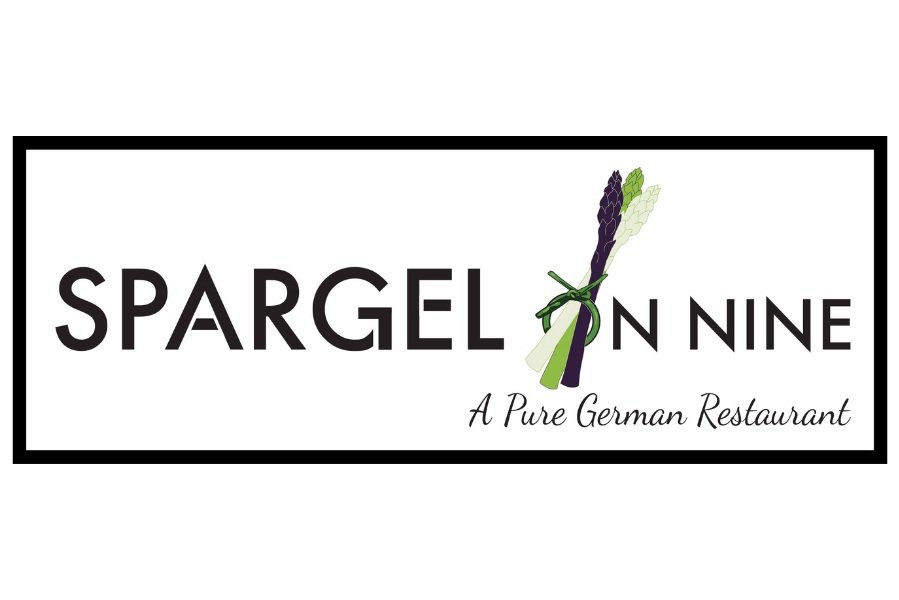Where in the ADK? The Town of Lake George (née Caldwell)
“Lake George and the Village of Caldwell” (ca. 1850s) by Thomas Chambers, Metropolitan Museum of Art
This week’s “Where in the ADK?” brings to mind the Shakesperian line, “What's in a name? That which we call a rose, by any other name, would smell as sweet.”
This place is perhaps one of the Adirondacks’ most well-known destinations. Located in the southern ADK, this town on the shores of the Queen of American Lakes has drawn visitors for over 200 years. When it was organized in 1810, the villagers named it “Caldwell,” after General James Caldwell, an Albany merchant, who, in 1787, possessed 1,595 acres of land in the area. But that’s not the famous name it goes by now.
Photo courtesy Caldwell Presbyterian Church
Perched at the southern end of the 32-mile-long Lake George, and as the gorgeous painting above attests, Caldwell was a vision of rustic beauty and bountiful natural resources in the 1800s, and it wasn't long before visitors flocked to the town.
First, the lumber trade was a major industry, and sawmills popped up everywhere - but with the advent of steamboats and railroads, a greater force descended: tourists. This marked a new era in which travelers from near and far spilled into the area to experience all that the picturesque town of Caldwell on Lake George and the Adirondacks had to offer.
By the late 1800s, to locals and visitors, the town and lake were synonymous. In “The History of Warren County,” published in 1885, the editor, Mr. H.P. Smith, notes that the town post office no longer referred to the address as “Caldwell” and instead carried the name “Lake George.” Interestingly, the town of Caldwell didn’t officially become the town of Lake George until 1962. We could find no information about why that took so long.
There are still a few reminders of the Caldwell name in the town of Lake George. There is the handsome Caldwell Presbyterian Church, the first church in Lake George, according to their website, and named for James Caldwell. The original church was built on Canada Street, overlooking Artillery Cove, where in 1757, Montcalm landed his troops for the siege of Fort Henry.
At the dedication ceremony, James Caldwell said of the new Church, “This shall be called a Presbyterian Church, but it shall be open to all evangelical denominations.” The website also tells us that the first Presbyterian preacher to serve the church regularly seems to have been the Reverend Anthony Paul, a Mohican Indian.
The current church was constructed in 1855 and 1856 on land donated by the heirs of James Caldwell on present-day Montcalm Street, just a few blocks west of Shepard Park.
The Caldwell-Lake George Library is also a lovely building, just off Canada Street. Established in 1902, its original collection dates back to the 1880s when it was bequeathed by local resident and artist DeWitt Clinton Hay in his will. The original librarian, Mary Hubbell, served the community until 1958. There have only been five librarians at Caldwell over the course of its history.
There is also Caldwell Avenue, which is set back off of Canada Street and behind the Howard Johnson’s. It’s only two blocks long and doesn’t go anywhere.
Our favorite Caldwell, though, is the Caldwell House and Martini Bar on Route 9, south of the Village. This delightful restaurant is one of our favorite cozy spots, especially on cold winter nights in the ADK.
As long as we’re talking about names, don’t forget that the body of water known as Lake George also went by at least two different names before its current name took hold. It was originally called “Andia-ta-roc-te” by the Native Americans and was later named “Lac du St. Sacrement” by Father Issac Joques, the first white man to see the lake in 1646. The lake was finally named “Lake George” by Sir William Johnson in 1755 for King George II of England. The name stuck post-revolution and, as we all know, hasn’t changed since. And it still smells pretty sweet.

